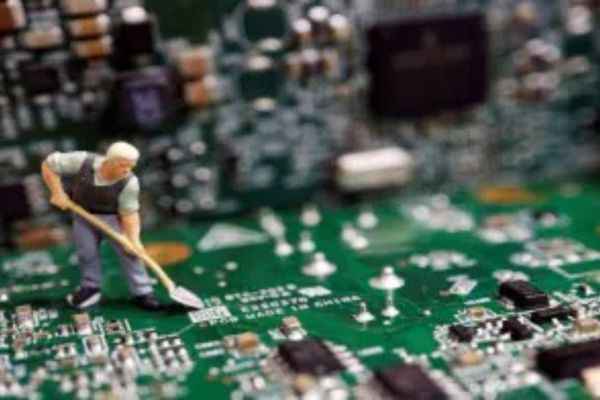The imposition of a 25% or higher tariff on semiconductors by the United States is expected to have significant consequences for the global semiconductor industry. This move will impact costs, supply chains, innovation, and geopolitical relations, shaping the industry’s future in multiple ways. Below is a detailed analysis of its potential effects:
1. Limited Impact on India
India is unlikely to experience any major short-term consequences due to this tariff, as it is not a major exporter of semiconductors to the U.S. Moreover, India’s import duty on semiconductors is already zero, meaning there are no reciprocal tariff concerns.
- Most of India’s upcoming semiconductor manufacturing and Outsourced Semiconductor Assembly and Test (OSAT) facilities cater to global brands.
- India’s increasing domestic semiconductor demand will rely on locally manufactured chips, minimizing reliance on imports.
- In the long run, Indian semiconductor brands will not be at a major disadvantage, as the U.S. tariff is expected to apply uniformly to all exporting nations.
2. Rising Costs for U.S. Consumers
A 25% tariff will significantly increase the cost of semiconductors imported into the U.S., particularly from Taiwan, South Korea, and China, which dominate global chip manufacturing.
- Higher Prices for Electronics: The additional costs will likely be passed on to consumers, making smartphones, laptops, electric vehicles, and industrial electronics more expensive.
- Pressure on U.S. Companies: Companies that depend on semiconductor imports, such as Apple, NVIDIA, and Tesla, will face increased production costs, potentially leading to reduced profit margins or higher consumer prices.
3. Supply Chain Disruptions
Reshuffling Global Supply Chains
- Companies may diversify their supply chains by sourcing chips from tariff-free regions or increasing domestic investments to mitigate risks.
- However, shifting supply chains is a complex and time-consuming process. Establishing new semiconductor manufacturing partnerships can take years, given the complexity and cost of semiconductor fabs.
Challenges in Fab Construction
- Semiconductor fabs are among the most complex and expensive industrial facilities to build, costing between $10 billion and $25 billion per site.
- Companies must carefully evaluate multiple factors before making investment decisions, including talent availability, tax policies, regulatory frameworks, and environmental and labor market conditions.
4. Geopolitical Consequences
Strained U.S.-Asia Relations
- Taiwan (via TSMC) and South Korea (via Samsung) dominate global semiconductor manufacturing. The tariff could strain diplomatic and trade relations with these key U.S. allies.
Formation of Non-U.S. Trade Alliances
- Other nations may strengthen their semiconductor trade relationships to counterbalance U.S. tariffs. This could lead to closer semiconductor collaboration between Europe and Asia, ensuring steady semiconductor supply chains independent of the U.S..
Increased Regionalization
- The semiconductor industry, which has traditionally thrived on globalization, may shift towards more regionalized production hubs to mitigate future trade risks.
5. Impact on U.S. Technology and Innovation
Challenges for U.S. Tech Giants
- Companies like Apple, NVIDIA, and Tesla , etc , which rely on imported semiconductors for cutting-edge products, could face delays and cost increases.
US Domestic Semiconductor Manufacturing: A Long-Term Strategy
- While the tariffs might incentivize domestic semiconductor production, scaling up U.S. manufacturing is a long-term process that requires significant investment and time.
- The U.S. government has already introduced initiatives like the CHIPS and Science Act, but even with these incentives, it will take years to establish high-volume, cost-competitive fabs.
- Immediate Benefits Are Limited: The tariffs alone will not drive rapid semiconductor manufacturing growth in the U.S. No company will shut down an existing multi-billion-dollar fab to relocate operations overnight. Instead, new investments will be carefully planned based on long-term demand forecasts.
6. Overall Outlook
While the tariff may encourage domestic production and align with U.S. national security objectives, it also presents substantial risks, including disrupting global supply chains, raising costs for consumers, and straining international trade relationships.
Additionally, this move may potentially violate the Information Technology Agreement (ITA), an international treaty that the U.S. and many countries has signed. As a result, major U.S. semiconductor companies could resist against the tariffs, given that many rely on Asian foundries and OSAT facilities for production.Ultimately, while tariffs are a significant factor, companies prioritize zero tariffs on the vast array of components and materials needed for semiconductor production over the chip itself. This means that the broader supply chain implications could outweigh the intended benefits of the tariff.


















